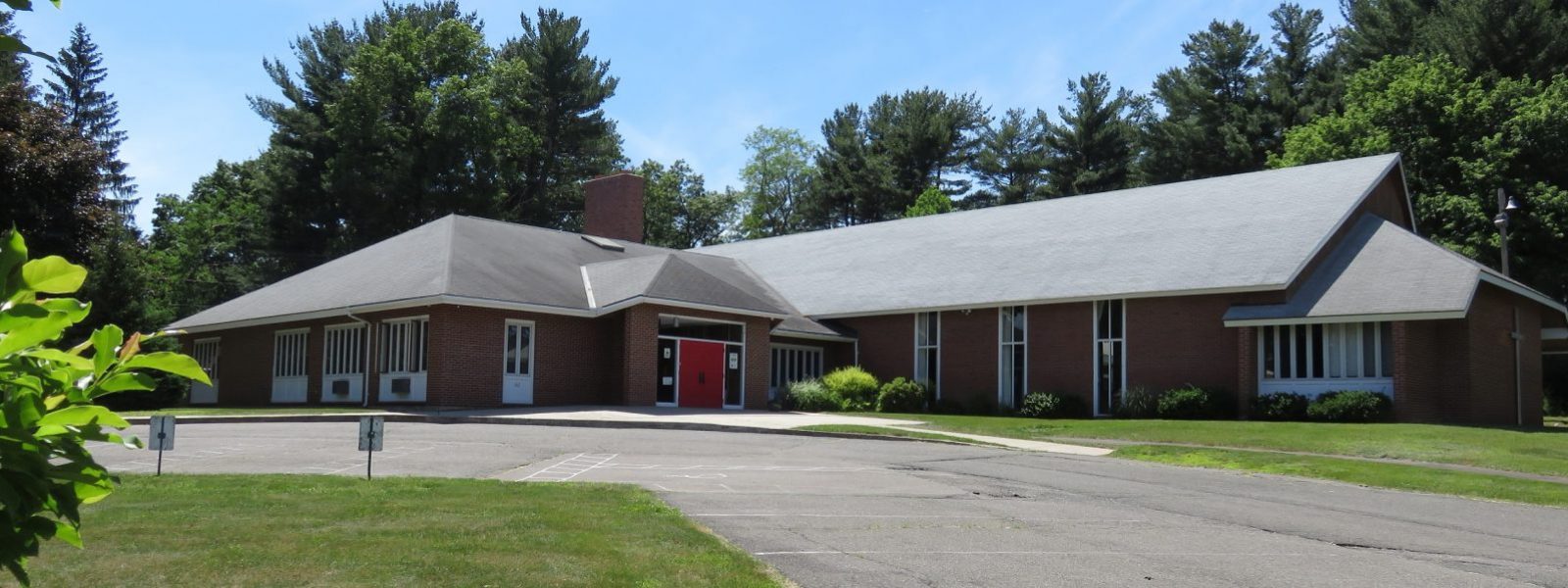Sermon Mark 16:1-8 “Rolling Away the Stone” April 5, 2015
In a short 8 verses, Mark accomplishes what the other three gospel writers fail to do…he is, as we’ve come to expect, brief. This brevity from the gospel of Mark is familiar to us, isn’t it? And, because of Mark’s succinct style of reporting some very important news we’ve come to expect this author to raise more questions than provide answers.
True to form, Mark does not fail us. We are left with more questions than answers, the most obvious of which, is who rolled back the stone? Of course, there are other questions. Where did Jesus Christ go? And, why did the women say nothing? Logically, how could they have said nothing? Someone had to know or we wouldn’t have the story today, would we?
Mark is the first gospel written but we know there were others…those we have in our canon and some which were not considered worthy of inclusion in the Christian Bible. Answers to the questions I just mentioned might have been offered in these non-canonical writings but, for whatever reason, those well-intentioned answers were deemed, “unacceptable”. The question – who rolled back the stone? It may give us another way to look at how this scripture impacts today.
The stone covering the tomb would have been enormous. No one man could move it without help. There may have been good reasons to enclose the tomb with a stone of this size. Certainly, it would keep grave robbers away. It would insure that Christ’s followers didn’t come and steal the body and then report to all who would listen, “He has risen!” This, in fact, is one such theory to deny the miracle of a risen savior.
But, from our perspective, we might view the stone covering the tomb symbolically. It could lead us, as today’s followers of Christ, to reflect on the stone that might cover over our own hearts, hearts, which fail to live fully into the plan God has for our lives. It might be viewed as a way to define our resistance to change, even when the possibility of change might lead to new life. We like things to stay the way they are, uncomfortable as they may be. It’s in our nature, I guess, but then, is it? If we are truly made in the image of a God who is eternally active in the world, why aren’t we? Why not try something different when the outreach, mission, and ministries of the past aren’t working? Why not try something different when our personal lives are shuttered by the dimness of living life carefully rather than boldly.
So, the stone in front of that long ago tomb had at least two purposes: to protect the contents within the tomb – this would have been common and a natural intention for all who might be buried. But the second reason was to insure that Christ’s disciples couldn’t move the body and then later, declare a miracle of resurrection. After all, Christ had said, “I will rise again.” Rome had heard the statement and the Jewish scribes and Pharisees had also heard the declaration. This was dangerous. Changes might result, which would threaten power structures, status and the way faith might be practiced. This couldn’t be allowed: change was viewed as death to a faith and to an empire.
Those same two reasons might be present in our lives and ministries if what we do is erect stones of resistance in our hearts or refuse to let go of our familiar patterns of behavior or practices. Out of fear that some new future might make claims on our lives in unforeseen ways or that our hearts might feel the discomfort of uneasiness in the face of the profound needs around us, we may want to protect ourselves by encasing our lives in rock solid comfort and familiarity. Say “No” to change and do what we have always done. It’s safe even though it may no longer be productive or fruitful.
But this is Easter morning and we are an Easter people committed to a Christ who did rise from death to life and who, then and now, calls us to follow in like manner. The very nature of our faith calls us to actively embrace and live out change. It is what we see in Christ as Christ challenged the status quo and rippled the waters of sameness. It is what we admire in those who claim Christ as a model of missional love and compassion. And it is what we know Christ’s wants from us…a faith alive, energized and ever-ready to meet whatever changes are required to be the people of God. Christ is risen! We rise with Christ on this Easter morning and embrace each new tomorrow with joy! Amen.

